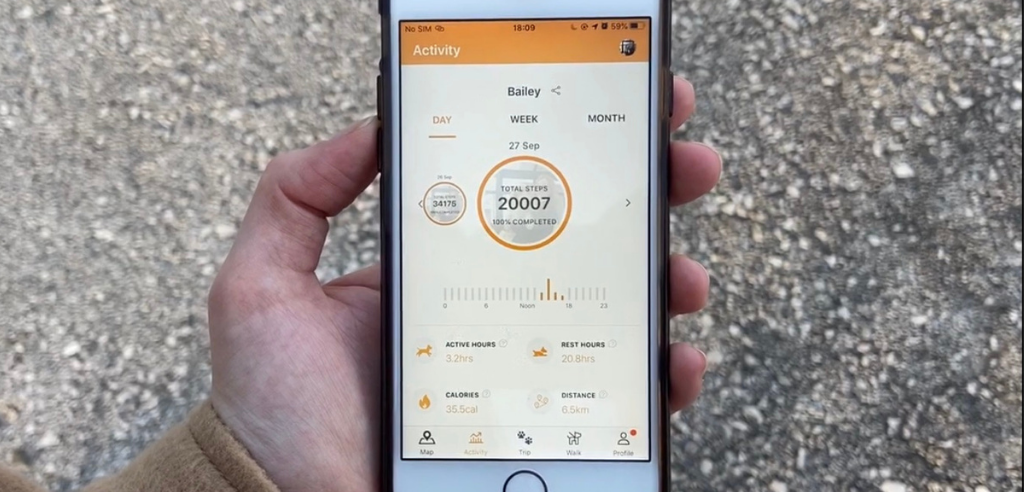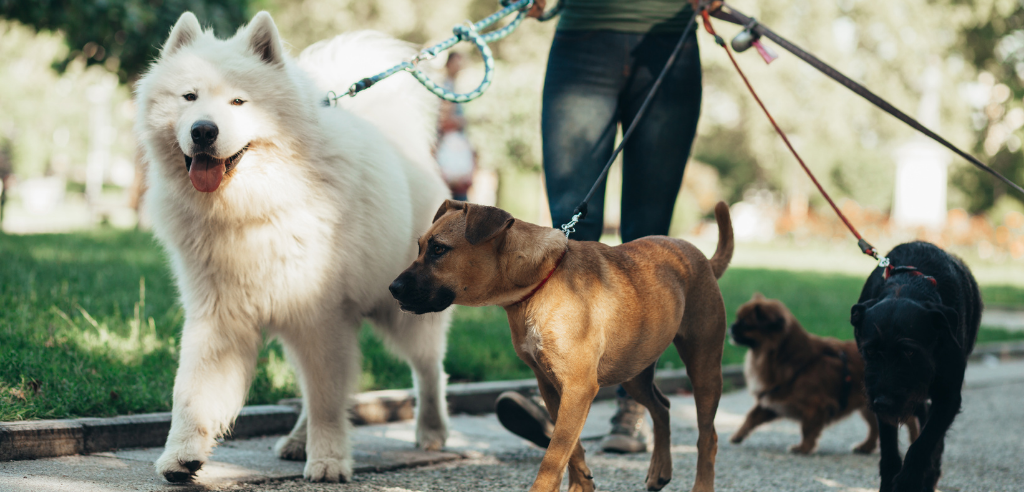The UK is in the midst of an obesity crisis but it’s not just us humans that are struggling with our weight, our pets are too. It’s currently estimated that 40% of dogs and 53% of cats are overweight or obese and it’s believed that the problem is only getting worse, with 81% of vets and nurses seeing an increase in the number of overweight animals.
As well as a general reduced quality in life, obesity in pets can lead to serious health problems including diabetes, heart disease, joint problems, and cancer. Even worse, obese pets can be expected to die younger than pets of a healthy weight. A recent study by the University of Liverpool has shown that the lifespan of obese dogs can be shortened by as much as two years.

The facts
Just like with humans, pet obesity is most often the result of overeating and/or under exercising. Owners are believed to have a general lack of understanding when it comes to maintaining their pet’s weight rather than acting intentionally.
In fact:
- 33% of dog owners walk their dog just once a day
- 45% of dogs are only getting up to 30 minutes of exercise when they are walked
- 44% of owners give their pets extra treats because they believe in makes them happy
- 1% of dogs are never walked at all
- 65% of cat owners don’t know their pet’s current weight
- Just 19% of owners described their cat as overweight or obese
- 4% of cats don’t exercise daily – including running, climbing, or playing
Identifying the problem
It can be difficult to recognise if your pet is overweight, especially if it happens slowly or if they have always been overweight. The best way to check is to take them to the vet and get them properly weighed however, here are some signs you can look out for in both cats and dogs:
- Ribs – Overweight pets have a layer of fat covering their ribs, which makes them difficult to see or even feel.
- Back – A ‘fat pad’ will cover their back
- Tummy – Your pet’s tummy will bulge out and sag downwards, which may wobble or sway when they move
- Face, legs and neck – Obese cats and dogs can get fat pads in these areas

Regular weigh ins
Without regular weigh ins and body checks, your pet can very quickly become overweight without you realising. An extra pound might not seem like a lot, but it doesn’t take much to push pets into the overweight category, especially smaller breeds.
Check with your vet what the recommended weight is for your pet and regularly weigh them to make sure they stay inside the healthy range.

Portion control
Just like with humans, when it comes to maintaining your pet’s weight, portion control is essential but it’s so easy to get it wrong. Most pet foods have recommended portion guides on their packaging but always do your research to make sure you’re giving your furry friend the right amount each day.
We understand how hard it can be to resist those big eyes begging for a treat and whilst the occasional one won’t do much harm, too many can have a big impact on your pet’s weight. A lot of treats are high calorie, especially if they’re human food and so will need to be worked into your pet’s daily calorie allowance.

Exercise
We all know how important exercise is when it comes to maintaining a healthy weight but sadly millions of pets aren’t getting enough daily exercise. In fact, a shocking 1.6 million dogs aren’t walked daily, with many owners wrongly believing that playing in the garden is a suitable substitute.
Daily walks are really important for a dog’s physical AND mental wellbeing. Getting out and about keeps their minds active and is a great stress relief for them. Bored dogs are unhappy dogs, and a lack of exercise can not only lead to health issues, but also behavioural problems.
Most cats on the other hand, prefer short bursts of activity followed by long naps. Cats love to chase and pounce so playing with them is a great way to increase their exercise levels.

How Pawfit can help owners better manage their pet’s weight
Over the years, we’ve spoken to many pet owners and a lot of them say the same thing: how can they be sure their pet is getting enough exercise to stay healthy?
Thankfully, Pawfit has the solution!
As well as being a GPS location tracker, our Pawfit trackers are also designed to monitor your pet’s activity levels throughout the day. Owners can set activity goals based on their pet’s age, weight and breed and track how well their pets do at reaching these goals each day.
Once the Pawfit tracker is attached to your pet’s collar/harness, it monitors their activity throughout the day. Pawfit tracks the number of steps your pet does and combines this with the your pet’s profile information to accurately calculate the number of calories burnt and distance travelled and also report on the number of hours your pet was active and inactive.
All the information is clearly displayed in the Pawfit app and pet owners can compare their pet’s activity on a daily, weekly and monthly basis. This gives them an excellent insight into their pet’s behaviour and allows them to make informed decisions about the health and wellbeing of their pets.

For example, if dog owners can see that their pup is mostly inactive throughout the day, they’ll know that they need to take them for bigger walks in the evening. However, if their dog is really active, owners know to take them on shorter evening walks.
“I have been using Pawfit for over a year now and it has been a true life saver. We were told that our dog wasn’t getting enough exercise and it allows us to keep track of our Labradors health and also gives us the motivation to reach every goal”
Issac, UK
For the 30% of the Pawfit community that have someone else walk their pup during the week, being able to accurately see how much exercise their pooches have had when they’re not around helps them make sure they’re not over or under exercising them for the rest of the day.

Are you ready to take control of you pet’s weight? Shop Pawfit trackers today
Resources for pet owners
The PDSA has some excellent resources on pet obesity and exercise:



